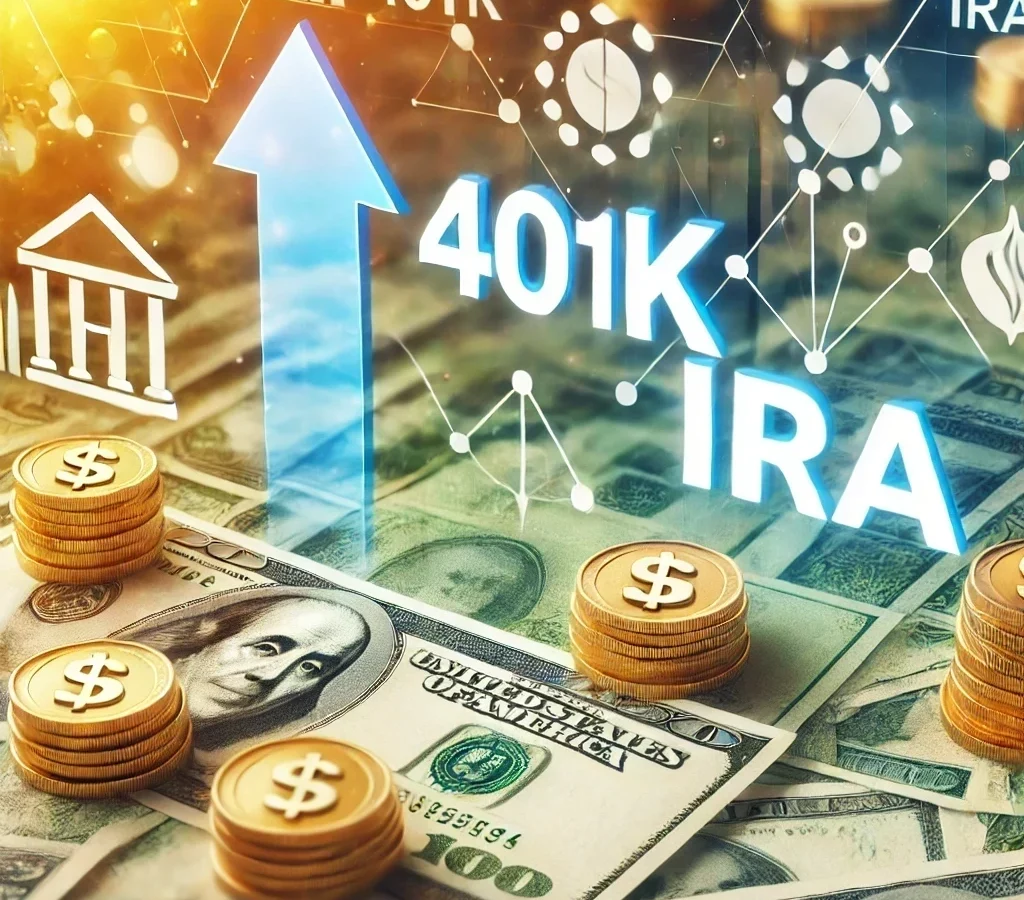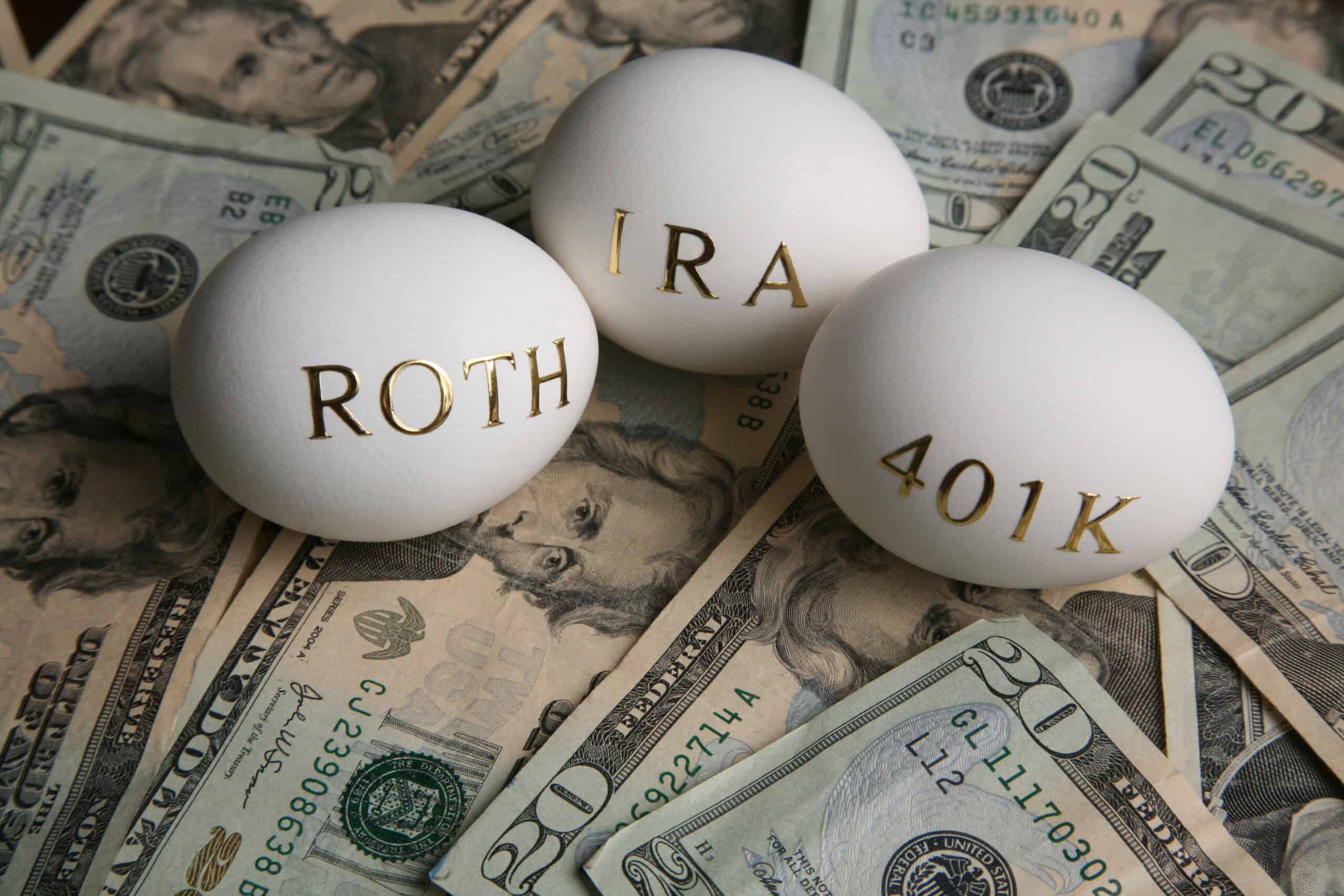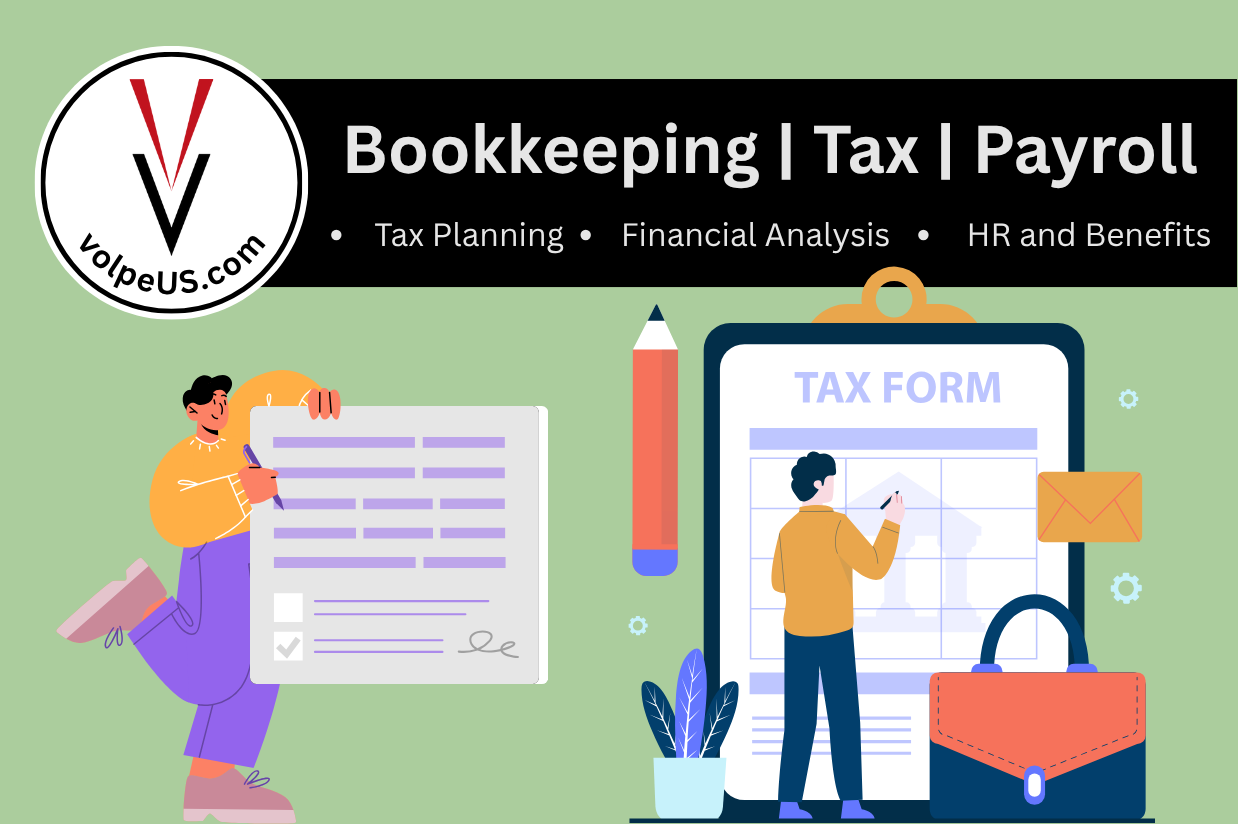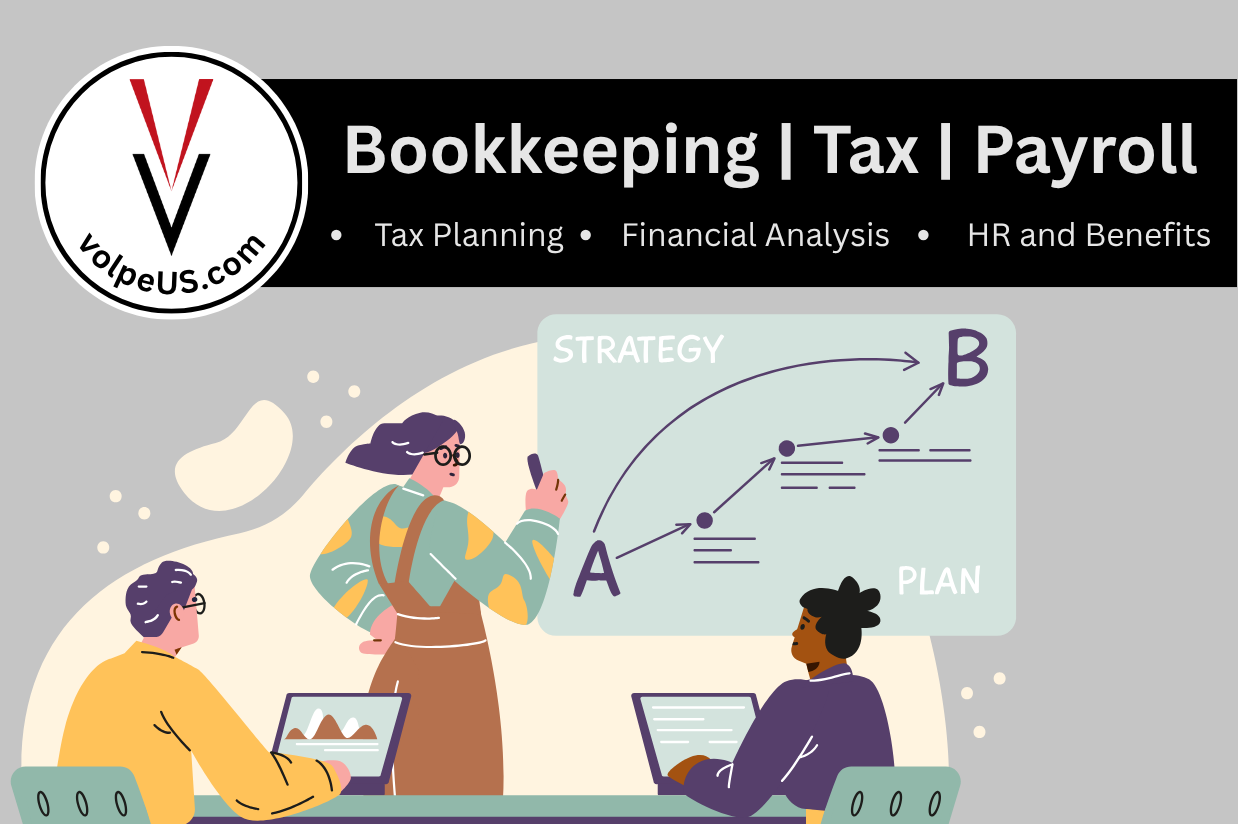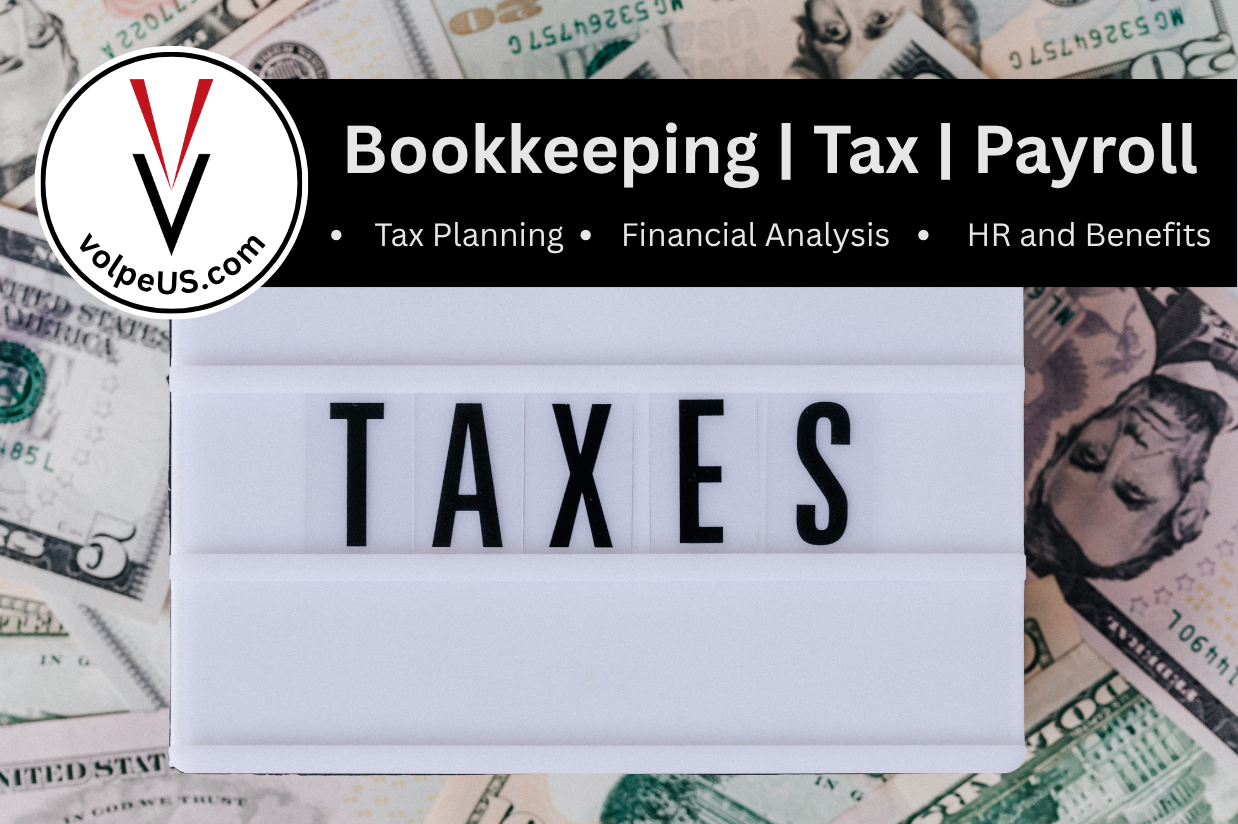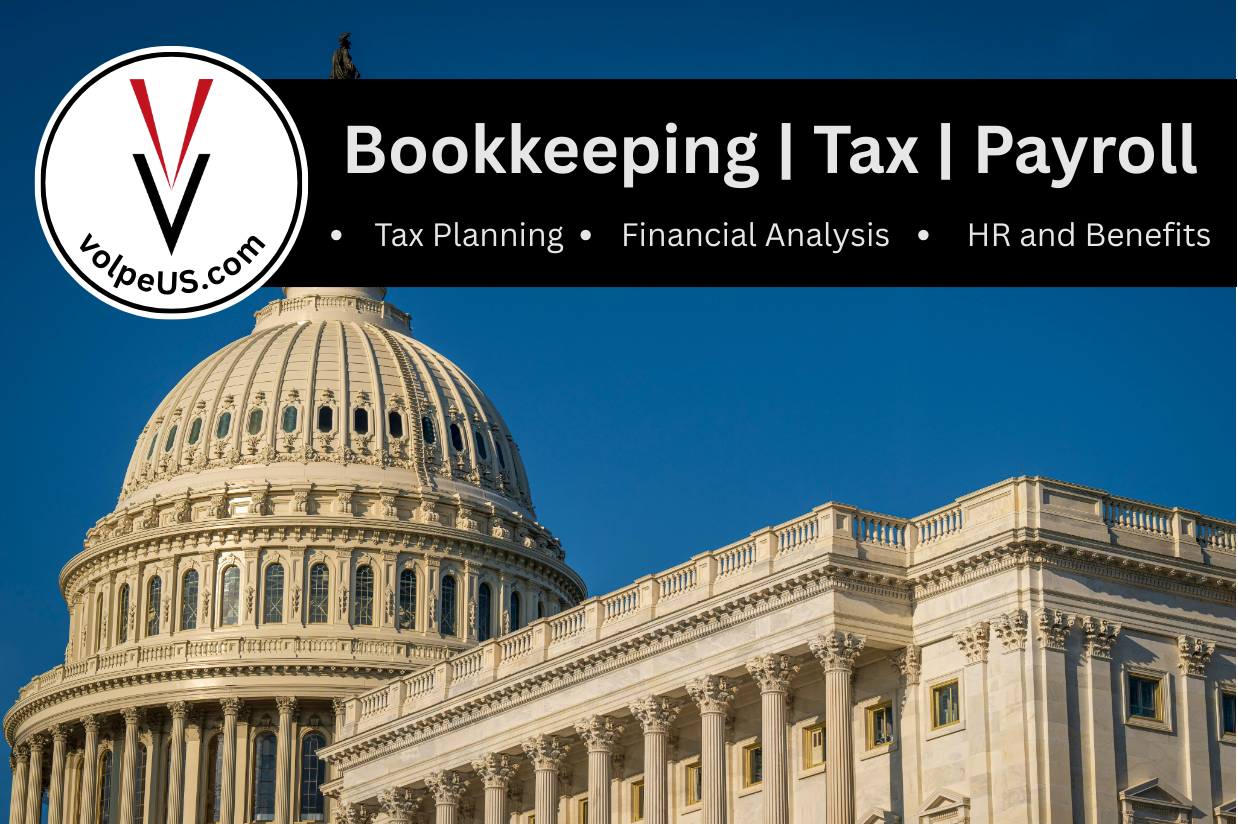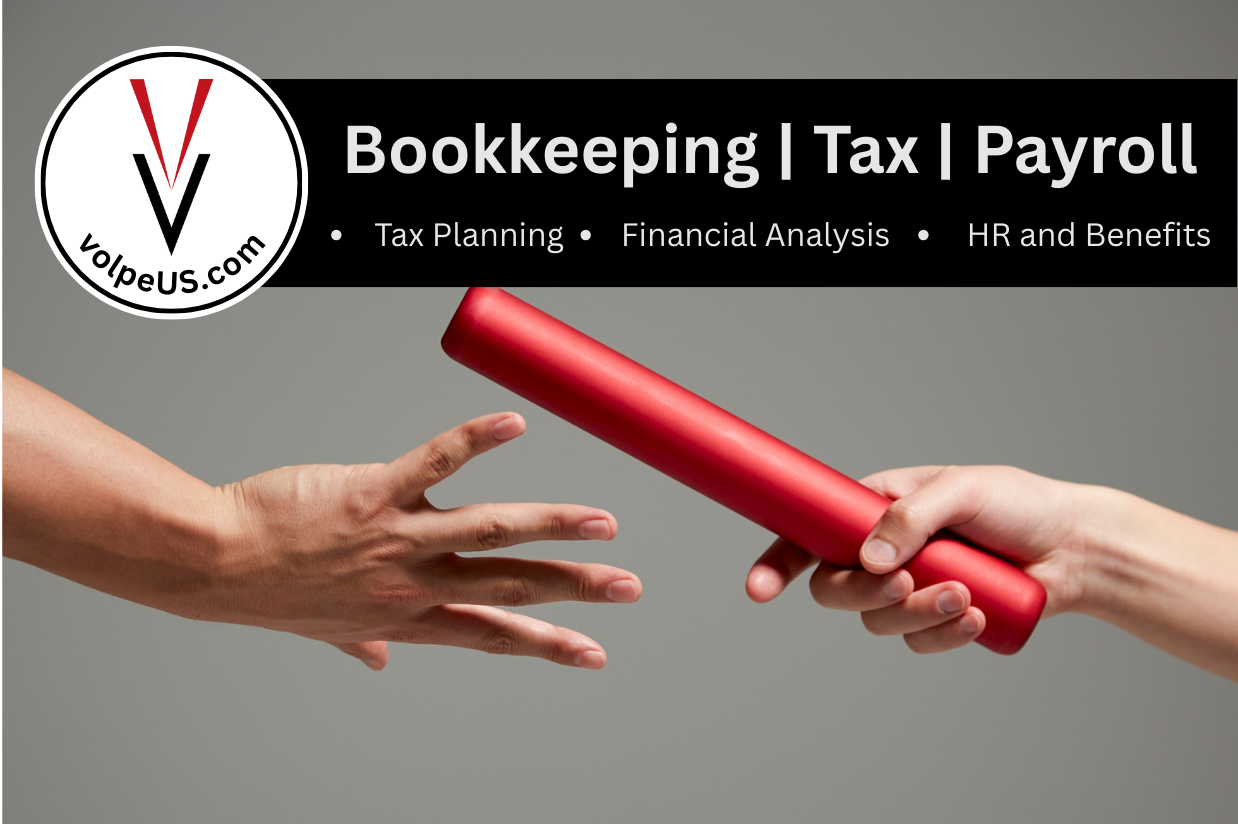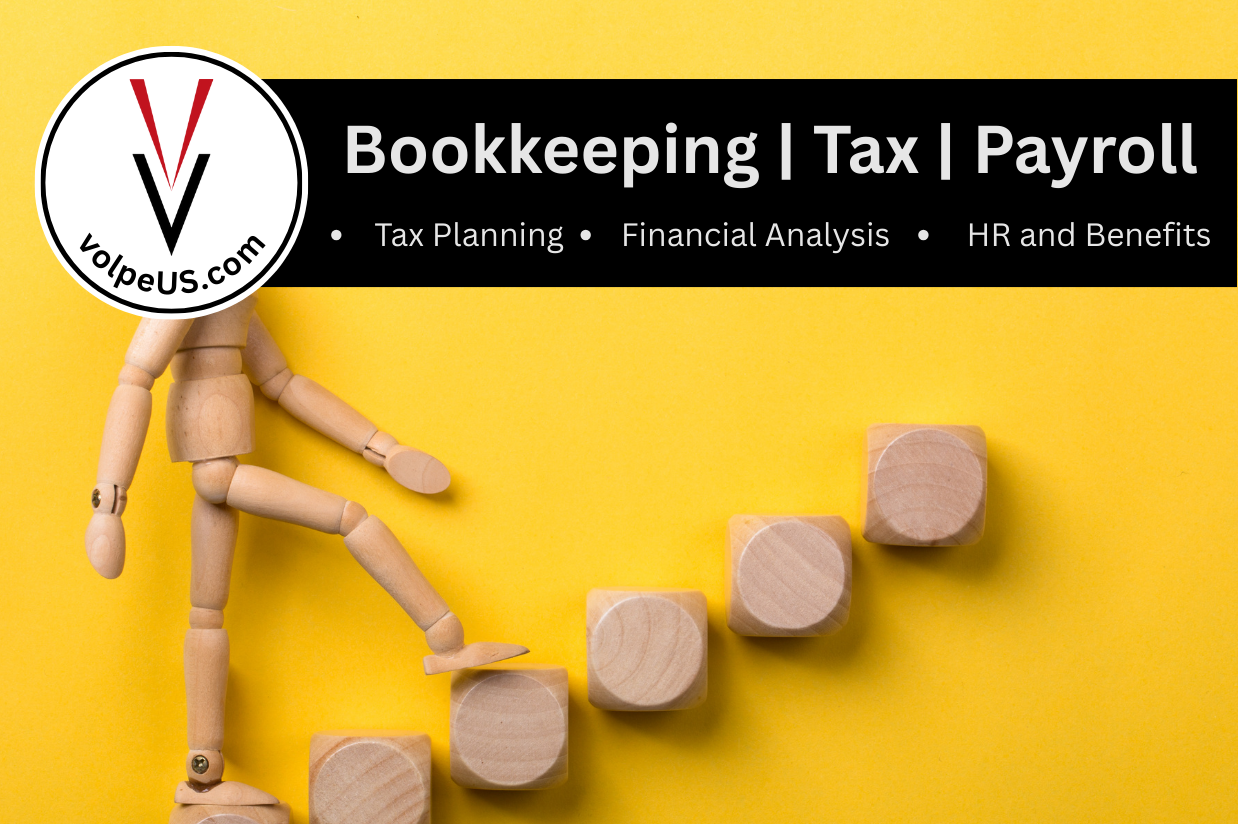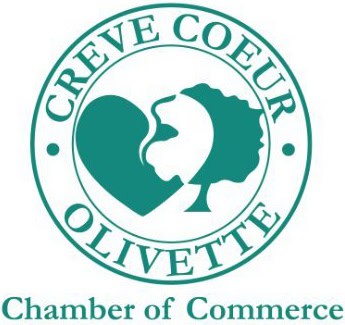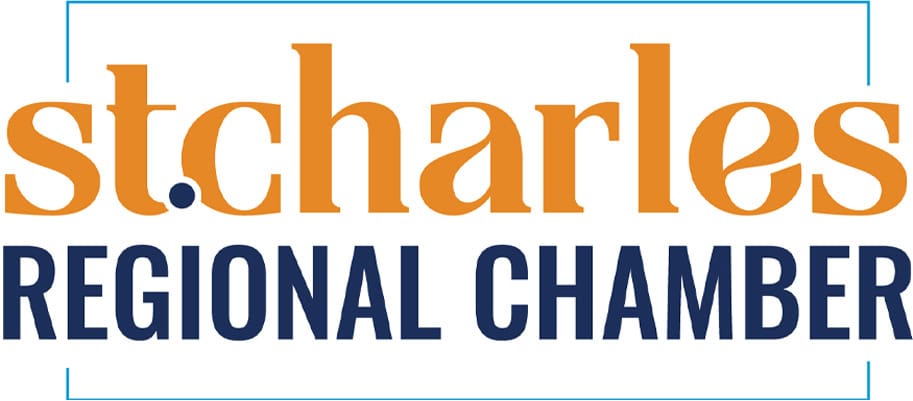Jump to a Specific Section
Retirement Savings
Retirement planning can seem overwhelming, especially with myriad options available. Understanding the basics of various retirement savings plans is crucial for making informed decisions. This article will provide a comprehensive overview of the most common types of retirement savings accounts, how they differ, the costs associated with them, and how they can grow over time. By the end, you should have a solid understanding of these investment vehicles and be better equipped to navigate your retirement planning journey.
Types of Retirement Savings Plans
401(k) Plans
A 401(k) plan is a tax-advantaged retirement savings plan offered by many employers. It allows employees to save and invest a portion of their paycheck before taxes are taken out. Because you contribute to the fund with pre-tax dollars, that means you don’t pay income taxes on those funds in the current year, but you will pay income taxes when you withdraw those funds from your retirement savings account in the future.
Key Features:
- Tax Benefits: Contributions are made with pre-tax dollars, reducing taxable income for the current year.
- Employer Match: Many employers match a portion of employee contributions, providing additional funds for retirement.
- These employer-match funds are deductible to the employer as business expenses.
- Contribution Limits: In 2024, employees can contribute up to $23,000 annually, with an additional $7,500 catch-up contribution for those aged 50 and older.
- The amount that an employer contributes does not contribute to this cap—the employer match simply increases the total balance in the retirement fund.
Traditional IRA
A Traditional Individual Retirement Account (IRA) is a personal retirement savings account that offers tax advantages. Similar to the 401(k), what you contribute to your IRA now is not taxed at current income tax rates. You are only taxed now on what is left over after you contribute to the IRA, and then you pay income tax on the funds you withdraw from the IRA when you retire.
Key Features:
- Tax Benefits: Contributions may be tax-deductible, reducing taxable personal income for the current year.
- Contribution Limits: In 2024, individuals can contribute up to $7,000 annually, with an additional $1,000 catch-up contribution for those aged 50 and older.
- RMDs: Required Minimum Distributions must begin at age 73 (as of 2023).
- This is the age at which you are required to start taking distributions out of your retirement fund, whether you need them or not.
Roth IRA
A Roth IRA is similar to a Traditional IRA but offers different tax advantages. The biggest difference is that you pay income taxes on your full income this year—just like normal—and then you put some of your net income into your Roth IRA retirement savings account. Because you already paid income taxes on those funds now, you do not have to pay income taxes on those funds later when you withdraw them in retirement.
Key Features:
- Tax Benefits: Contributions are made with after-tax dollars, and qualified withdrawals are tax-free.
- Contribution Limits: Same as Traditional IRAs—$7,000 annually with an additional $1,000 catch-up contribution for those aged 50 and older.
- No RMDs: Roth IRAs do not require minimum distributions during the account holder’s lifetime.
Administrative Costs and Setup of Retirement Savings Accounts
Setting Up a 401(k):
- Contact Financial Institutions: Employers typically contact banks, mutual fund companies, or insurance companies to set up a 401(k) retirement savings plan. These institutions act as plan managers, handling investments, compliance, and record-keeping.
- Plan Manager: The entity that helps set up the plan often serves as the plan manager, ensuring the plan meets regulatory requirements and manages employee contributions and investments.
- Setup and Maintenance: Employers typically incur costs for setting up the plan, annual maintenance, compliance testing, and record-keeping. These costs can range from $500 to $3,000 annually, depending on the size and complexity of the plan.
- Deductible Business Expenses: Administrative costs incurred in setting up and maintaining a 401(k) plan are often deductible as business expenses.
- Management Fees: Investment management fees typically range from 0.5% to 1.5% of assets under management. These fees are often taken right out of the balance of the investment fund.
Setting Up an IRA:
- Individual Responsibility: Individuals set up IRA retirement savings accounts through financial institutions such as banks, brokerage firms, or mutual fund companies.
- No Employer Involvement: The process is independent of the employer, offering more flexibility for the individual.
- Account Fees: IRAs generally have lower administrative costs compared to 401(k)s, typically ranging from $20 to $50 annually.
- Management Fees: Investment management fees vary but often fall between 0.5% and 1.5% of assets under management. These fees are often taken right out of the balance of the investment fund.
Key Differences Between 401(k)s and IRAs
Structure and Sponsorship
401(k):
- Employer-Sponsored: A 401(k) retirement savings plan is offered by employers to their employees. Employees contribute a portion of their paycheck into the plan, often with pre-tax dollars.
- Employer Match: Many employers offer matching contributions, which means they contribute additional money to the employee’s 401(k) based on the employee’s contributions.
IRA:
- Individually Owned: An IRA is a retirement savings account that an individual opens and manages independently, without the involvement of an employer.
- No Employer Match: There is no employer matching in an IRA. All contributions come from the individual.
Tax Advantages
401(k):
- Pre-Tax Contributions: Contributions are made with pre-tax dollars, which reduces the employee’s taxable income for the year. Taxes are paid upon withdrawal during retirement.
- Roth 401(k) Option: Some employers offer a Roth 401(k) option, where contributions are made with after-tax dollars, and withdrawals in retirement are tax-free.
IRA:
- Traditional IRA: Contributions may be tax-deductible, reducing taxable income for the year. Taxes are paid upon withdrawal during retirement.
- Roth IRA: Contributions are made with after-tax dollars, and withdrawals in retirement are tax-free. Eligibility to contribute depends on income levels.
Contribution Limits
401(k):
- Higher Limits: In 2024, the contribution limit for a 401(k) is $23,000, with an additional $7,500 catch-up contribution allowed for those aged 50 and older.
- Employer Contributions: Employer contributions do not count toward the individual’s contribution limit.
IRA:
- Lower Limits: In 2024, the contribution limit for an IRA is $7,000, with an additional $1,000 catch-up contribution for those aged 50 and older.
- No Employer Contributions: All contributions must come from the individual.
Investment Options
401(k):
- Limited Choices: Investment options are chosen by the employer and managed by the plan provider. These typically include a range of mutual funds and other investment products.
- Managed by Plan Provider: Employees are limited to the investment options offered within the 401(k) plan.
IRA:
- Broader Choices: Individuals have a wide range of investment options, including stocks, bonds, mutual funds, ETFs, and more.
- Self-Directed: Individuals have more control over their investment choices and can manage their portfolio as they see fit.
Required Minimum Distributions (RMDs)
401(k):
- RMDs Apply: RMDs must begin at age 73 (as of 2023) unless the individual is still working and does not own 5% or more of the business sponsoring the plan.
- Roth 401(k) RMDs: Roth 401(k)s are also subject to RMDs, but these can be rolled over to a Roth IRA to avoid RMDs.
IRA:
- Traditional IRA: RMDs must begin at age 73.
- Roth IRA: No RMDs during the account holder’s lifetime, allowing funds to grow tax-free for longer.
Eligibility
401(k):
- Employment Required: Only employees of companies that offer a 401(k) plan can participate.
- Part-Time Eligibility: Some employers set eligibility criteria based on hours worked.
IRA:
- Open to All: Anyone with earned income can open and contribute to an IRA, subject to income limits for tax advantages.
To understand the growth potential of retirement savings plans, it’s essential to consider typical investment returns, administrative costs, and management fees.
Typical Growth Rates
Historical average returns for diversified retirement portfolios typically range from 5% to 8% annually.
401(k) Plan:
- Assumptions: Employee contributes $5,000 annually, employer matches $2,500, 7% annual return, 1% management fee.
- Growth Over 20 Years: Approximately $150,000 after fees.
- Contributions: Income Tax-free in the current year.
- Distributions: Taxable at the future income tax rate.
Traditional IRA:
- Assumptions: Individual contributes $5,000 annually, 7% annual return, 1% management fee.
- Growth Over 20 Years: Approximately $200,000 after fees.
- Contributions: Income Tax-free in the current year.
- Distributions: Taxable at the future income tax rate.
Roth IRA:
- Assumptions: Individual contributes $5,000 annually, 7% annual return, 1% management fee.
- Growth Over 20 Years: Approximately $200,000 after fees.
- Contributions: Taxed at the current income tax rate.
- Distributions: Income Tax-free.
Understanding the fundamentals of different retirement savings plans is crucial for both employers and employees. By comparing 401(k) plans, Traditional IRAs, and Roth IRAs, you can make informed decisions about the best retirement savings options for your needs.
Employers should consider the administrative costs and benefits of offering retirement plans to attract and retain top talent. Meanwhile, employees should take advantage of available retirement plans to ensure a secure financial future.
